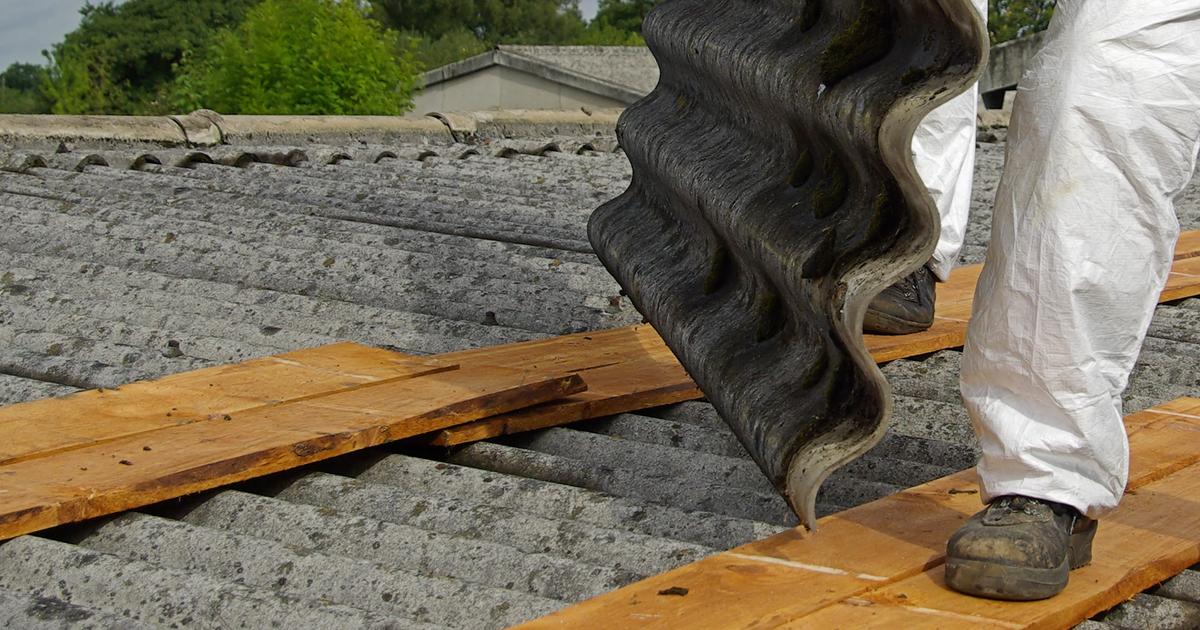What Causes Lung Cancer?
The lungs are the organs responsible for exchanging oxygen and carbon dioxide in the blood before the heart pumps it back around the body. Lung cancer is the top cause of all cancer-related deaths in the United States. Cancer that develops in the lung tissue can be aggressive in local tissues, but also spreads easily via the lymphatic or circulatory systems. Symptoms of lung cancer include cough, wheezing, chest pain, breathlessness, hoarseness, repeated respiratory infections, difficulty swallowing, weight loss, fatigue, and coughing up blood. Diagnosis of lung cancer can be made with a physical examination, blood tests, chest x-rays, CT scans, MRI scans, PET scans, bone scans, sputum cytology, bronchoscopy, needle biopsy, molecular testing, and thoracentesis. Lung cancer treatment may include surgery, chemotherapy, radiation, immunotherapy, and targeted therapy.
Lung cancer has several causes. Learn more about them now.
Smoking

Smoking cigarettes is the most significant risk factor and the leading cause of the development of lung cancer. Approximately twenty substances present in the smoke produced by tobacco have been identified as carcinogens or having cell mutating properties. Cigarette smoke enters an individual's lungs and comes into contact with the cells lining the interior structures of the lung. As soon as these carcinogenic substances come in contact with the cells, molecular changes begin to take place, and tissues start to incur damage. Initially, an individual's body may be able to successfully repair the damage that has been done to the DNA by these chemicals. However, the compounding damage and DNA alterations over time can override the ability of the body to be able to repair the damage without making mistakes and leaving mutations behind. When these mutations manipulate the cell into growing faster, dividing rapidly, and not ending its life cycle appropriately, malignancy starts to develop. The combination of the damaging effects of the chemicals in tobacco smoke on the lung tissues and the direct changes they induce in cellular DNA is what results in the development of lung cancer.
Keep reading to discover more causes and risk factors related to the development of lung cancer now.
Asbestos Exposure

Asbestos exposure regularly over an extended period can cause an individual to develop lung cancer. Asbestos is a term used to describe microscopic fiber bundles made up of a group of different minerals found in rocks and soil. Before the twentieth century, asbestos was used to insulate millions of structures, produce automobile parts, ceiling tiles, roofing shingles, cement, floor tiles, textiles, and countless other products. While asbestos is no longer used in production today, hundreds of thousands of individuals exposed to it have developed lung cancer as a result. Most patients developed lung cancer around fifteen years following first exposure. Inhaled asbestos fibers stick to the airways and burrow deep into the inner tissues of the lung. The fiber bundles cause inflammation of the lung tissues and then a subsequent immune response to attempt to mediate it. As the body attempts to repair the damage done to the lung tissues by the asbestos fibers, scar tissue begins to build up. Because of the constant damage and repair being done to the cells of the lung of an individual who inhales asbestos over a long duration, these tissues are prone to experiencing DNA mutations that cause the development of cancer.
Discover additional risk factors for lung cancer now.
Genetics And Family History

An individual with specific genetics and family history may develop lung cancer as a result of their hereditary predisposition to the disease. Genetic factors are responsible for around eight percent of all cases of lung cancer, even in individuals who have never smoked before. Someone is twice as likely to develop lung cancer if they have a first-degree blood family member with lung cancer. An individual's lung cancer risk increases by about a third if they have a second-degree blood relative who has also had lung cancer. Certain mutations that can be passed down from an individual's parents can cause problems with their production of important proteins in the body that work to quickly and effectively repair cellular DNA damage. The genes that carry this mutation are referred to as tumor suppressor genes, and mutations allow a more favorable condition for cancerous cell growth in the body. Genetics and family history almost always combine with other risk factors to cause lung cancer to develop. CT screening may be recommended at regular intervals for patients who have an increased risk of developing lung cancer because of their family history.
Get more information on the causes and risk factors for lung cancer now.
Pollution

Some individuals may develop lung cancer as a result of pollution exposure combined with other predisposing factors. Particle pollution refers to a blend of liquid and solid particles in the outdoor air composed of many substances such as those in vehicle exhaust, produced by industrial sources, organic chemicals, smoke, soil, dust, metals, and many others. The smallest form of such particles that carry the concern of causing lung cancer are referred to as PM2.5. These particles are inhaled into the lungs and are too small to be expelled from the body through the mechanisms put in place that are meant to help remove substances. The small particles bury into the tissues of the lungs and cause cellular damage and an inflammatory process to occur. Additionally, the substances in the PM2.5 particles themselves are known to produce mutagenic activity in the cells directly. This mutagenic activity means the particles stimulate changes to the DNA in the cells, which can alter the ability of the cells to grow, multiply, and end their life cycle when they should. Eventually, the particles in the air pollution produce more DNA alterations in the lung cells then what the body can keep up with, leading to the development of cancer.
Read more about risk factors for developing lung cancer now.
Radon Exposure

Lung cancer may be the result of exposure to a radioactive gas referred to as radon. When elements such as thorium, uranium, and radium that are present in the rocks and soil of the earth undergo the process of decay, radon is the byproduct. Radon can seep through the soil and into the air, or it can dissolve into the water in the ground where it is subsequently diffused into the air when that water is used. Radon in the open atmosphere is usually not a threat to human health, but it tends to enter homes and structures where it builds up to levels that do pose a threat. The places known to have higher levels of radon include basements, cellars, underground tunnels, and mines. Radon emits very small particles that are radioactive upon its break down. The radioactive particles are inhaled into the lungs and then expose the cells lining their interior to DNA-altering radiation. The more radiation exposure to the lung cells, the higher the chance a mutation will occur that results in lung cancer.
